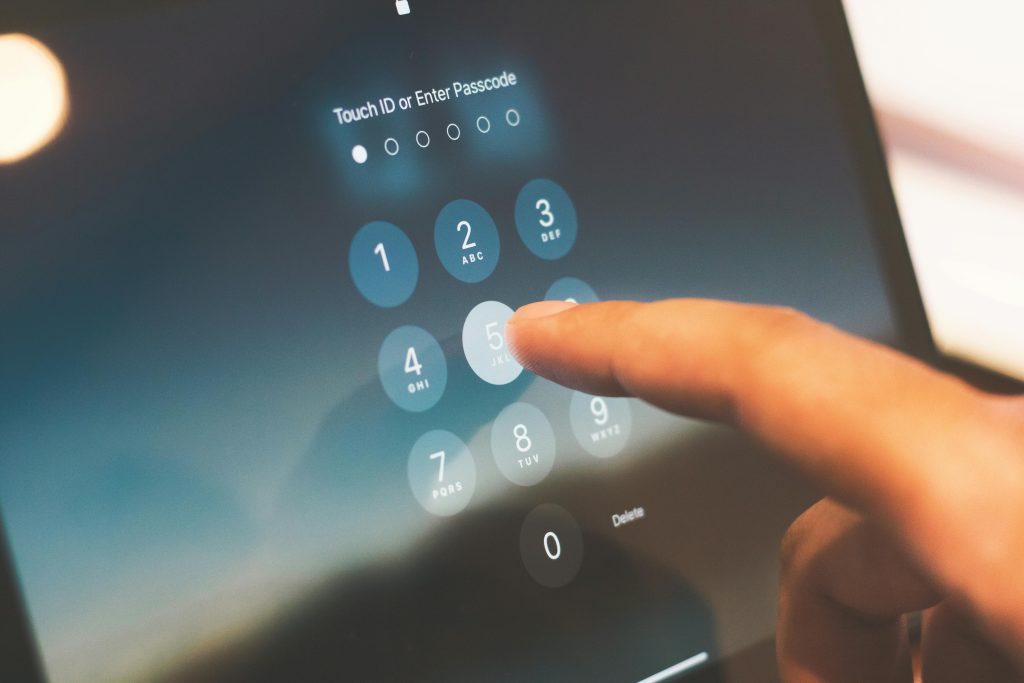Understanding Unexpected Time Discrepancies After Hardware Maintenance: A Case Study
Introduction
Computer troubleshooting often involves addressing multiple intersecting issues, from system stability to hardware configurations. Recently, a user experienced an unusual incident where their Windows 11 system’s clock appeared out of sync following a routine hardware adjustment. This article examines potential causes, the troubleshooting steps undertaken, and best practices to prevent similar issues.
Background
The user’s PC initially exhibited frequent Blue Screen of Death (BSOD) errors, which indicated underlying stability problems. After seeking advice in a technical support community, they decided to reseat the CPU—a common step to resolve hardware connection issues. Although the system ran more stable afterward, it was not a complete fix, and normal shutdown procedures were followed.
The Incident
Subsequently, the PC failed to power on normally. Upon attempt, fans did not spin, GPU LEDs remained off, and no debug indicators lit up—except for the motherboard’s rear LED staying lit, signifying power delivery. Multiple power cycling attempts, including toggling the power supply, proved unsuccessful. To diagnose further, the user removed and reseated the GPU, which resulted in the system powering on successfully.
However, post-boot, the user noted that the Windows 11 system clock was out of sync. While adjusting the time through settings provided a temporary fix, the anomaly raised questions about underlying hardware or configuration issues. Notably, the CMOS battery was checked and measured at approximately 3.3V, within typical operating parameters.
Analysis
Hardware Maintenance and System Behavior
Reseating components like the CPU and GPU can unearth or trigger latent issues, especially related to the motherboard’s BIOS/UEFI settings and hardware stability. The initial failure to boot and subsequent power-on after GPU reseating suggest that hardware connections and power delivery were factors.
System Clock Synchronization
The Windows time discrepancy could stem from several causes:
-
CMOS Battery Health: While a voltage of around 3.3V generally indicates a healthy CMOS battery, accelerated battery aging or connection issues can cause timekeeping problems. However, in this case, the battery appears adequate.
-
Motherboard BIOS/UEFI Settings: Hardware reseating or power cycling can sometimes reset BIOS settings, including time configurations or cause BIOS to default, which might affect system synchronization.
-
System Stability and Power Fluctuations: The initial boot issues and unstable behavior can influence hardware components responsible for maintaining system time.
-
**
Share this content:



